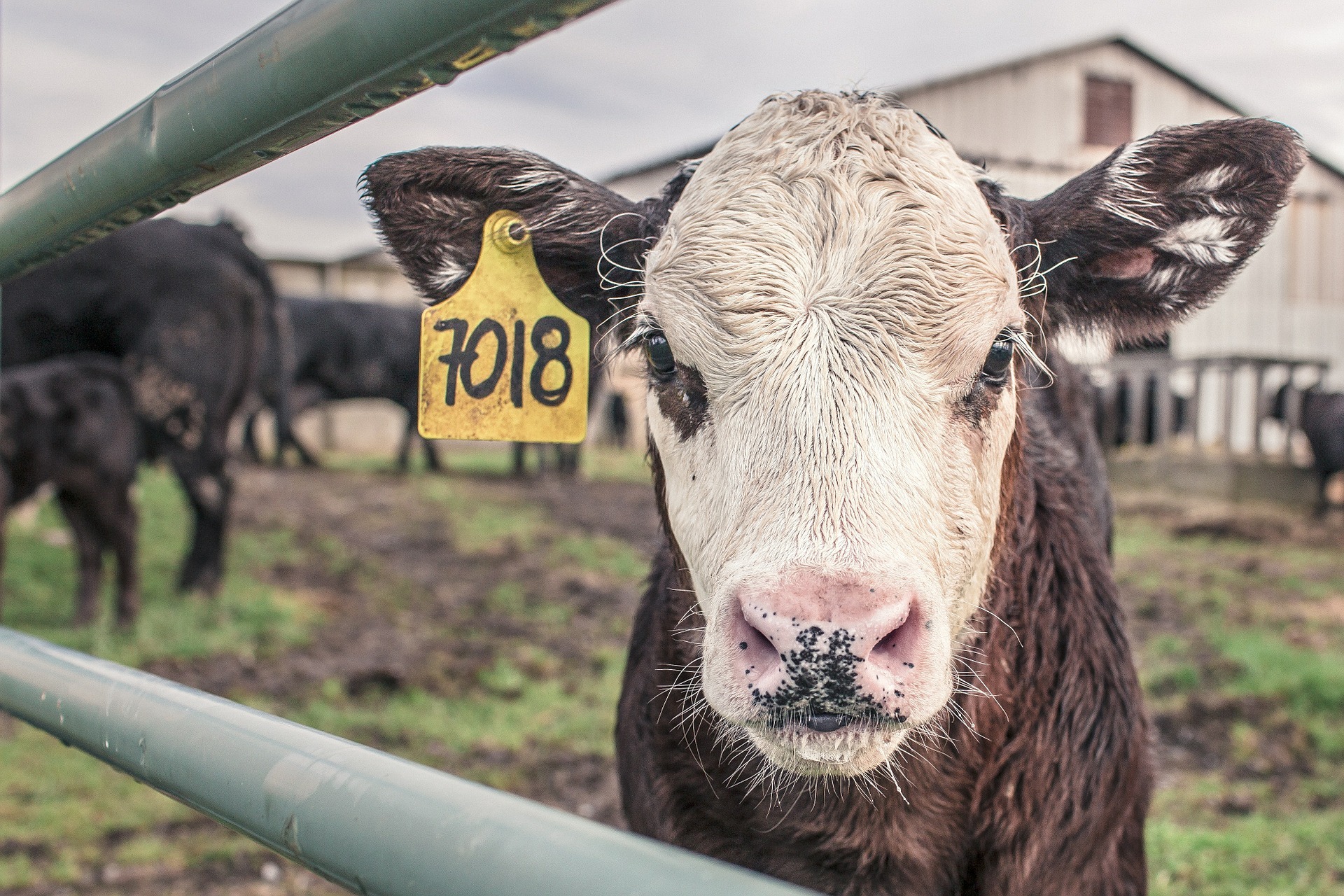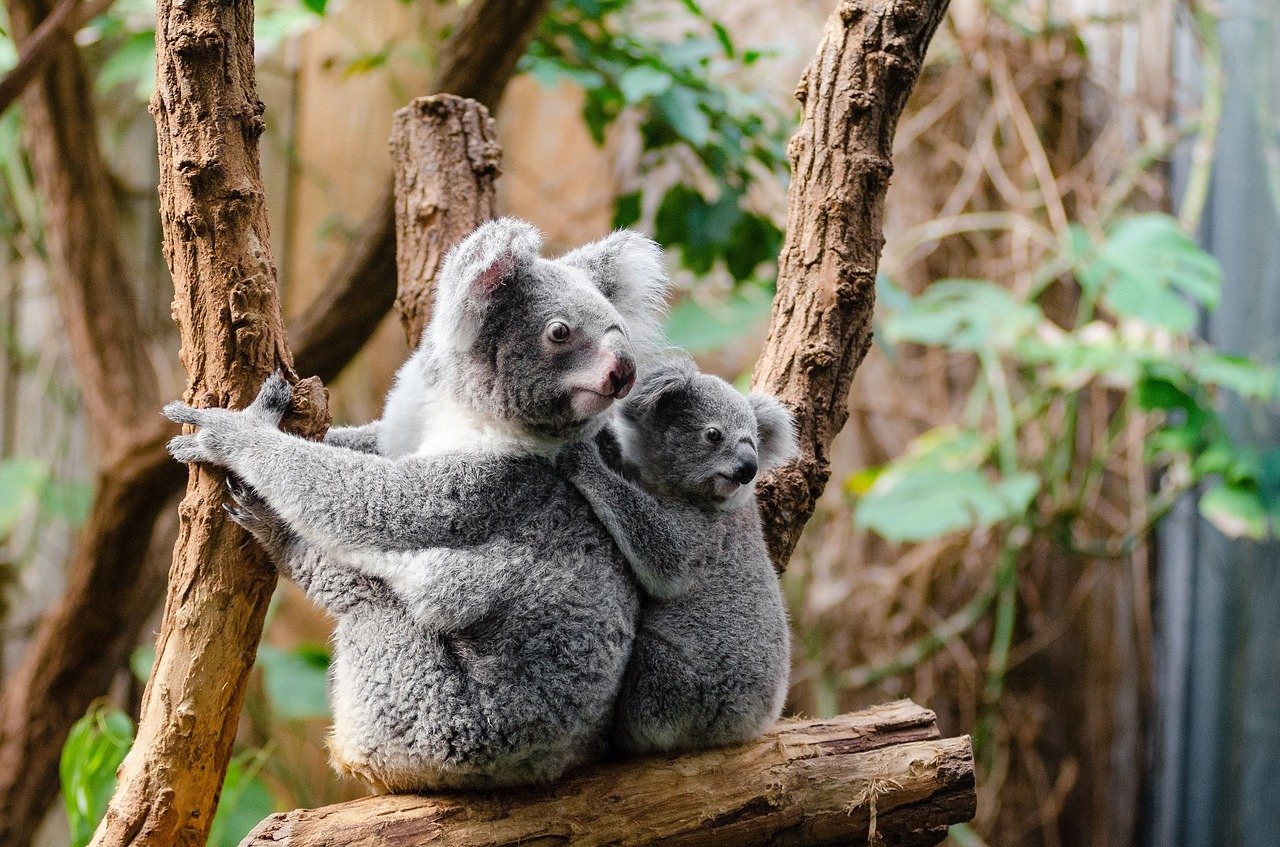PhD Candidate Alex Jiang has linked the death of koalas with cows.
Koalas are one of Australia’s most loved animals, but their population has been significantly decreasing due to substantial fires and more in recent years. A Queensland researcher has suggested that some of these deaths can be linked to attacks from Australian cows.
According to the researcher, what many believe to be the humble, lovable cow, could be killing our koalas by trampling them. To investigate this hypothesis, he is using a remote-controlled car to study how cows will interact with koalas.
Alex Jiang is a PhD candidate at the University of Queensland, and he has raised the suspicion that cattle may be damaging to our already depleting koala population. This has potential due to their usual cohabitation throughout Australia.
Domestic cows are Alex Jiang’s primary suspect in his research. Jiang believes that these cows are harming koalas who make their way into paddocks.

“For years, veterinarians, farmers and wildlife carers across Australia have been reporting serious injury or death of koalas due to cow trampling.”
Due to the significant link between cow tramplings with koala injuries and deaths, as sourced from farmers, vets and animal carers, Jiang has begun conducting research at the Spicers Hidden Vale near Grandchester in Queensland.
“There are witness statements from farmers confirming that cattle have been seen chasing koalas in paddocks,” Jiang has stated. Despite the obvious link, this will be the first time that anyone will research the connection between cows and koala deaths.
“This is largely based on animal autopsy evidence, mainly finding hoof prints on death koala bodies – they’re clearly acting aggressively to these poor animals,” Jiang says.
It is bad enough to think that cows might actually be targeting koalas in an attempt to harm them – but the effect this could be having on the already depleting population of koalas in Australia is extremely significant.
“And it seems that, while koala populations are in significant decline due to deforestation and urbanisation, a substantial number of koala habitats are either bordering or overlapping cattle grazing land.”

Jiang’s attempt to investigate this issue may seem strange at first – he is suing remote-controlled cars which he has attached a toy koala soaked in their scent. He drives these into paddocks to test the way cows will interact with it.
To provide an accurate representation of the cows’ interaction, Jiang is also driving out the remote-controlled car with a toy dog attached to it and one without any toy.
“Right now I’m spending a lot of time out in a paddock, attaching a fake koala – sprayed with koala urine and faeces – to a radio-controlled (RC) car, and driving it through herds of cattle,” states Jiang. “I’m also driving around an RC car with a plush dog toy and a regular RC car (without a toy) too.”
“If the cattle react differently to the car with the faux koala, that is, they’re more aggressive than with the regular RC care, we can be confident that their reactions are because of the fake koala.”
In addition to this research, the PhD candidate will be investigating how koala home ranges have changed in size and location with and without the inclusion of cattle, trying to detect if are experiencing “distress caused by a cattle threat.”
This is the first investigation into the interaction between koalas and cows, so there is a lot of hope that some light can be shed onto the situation.



































